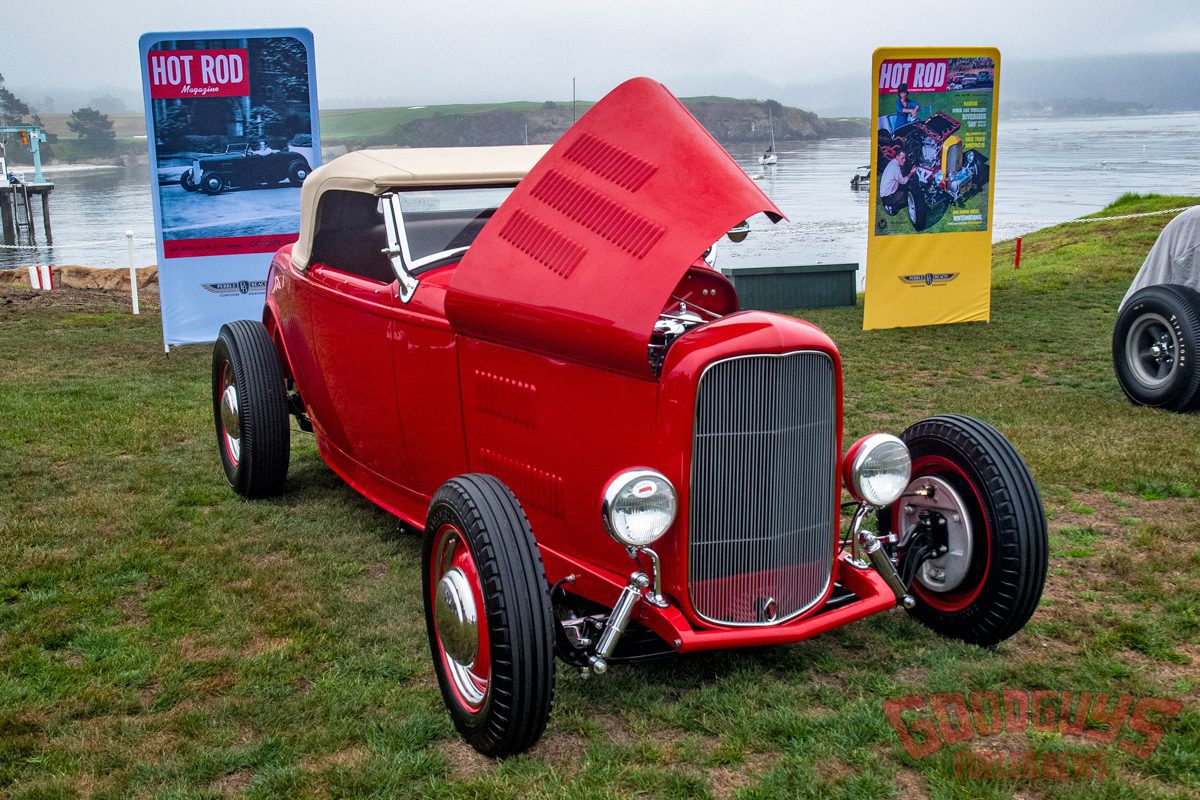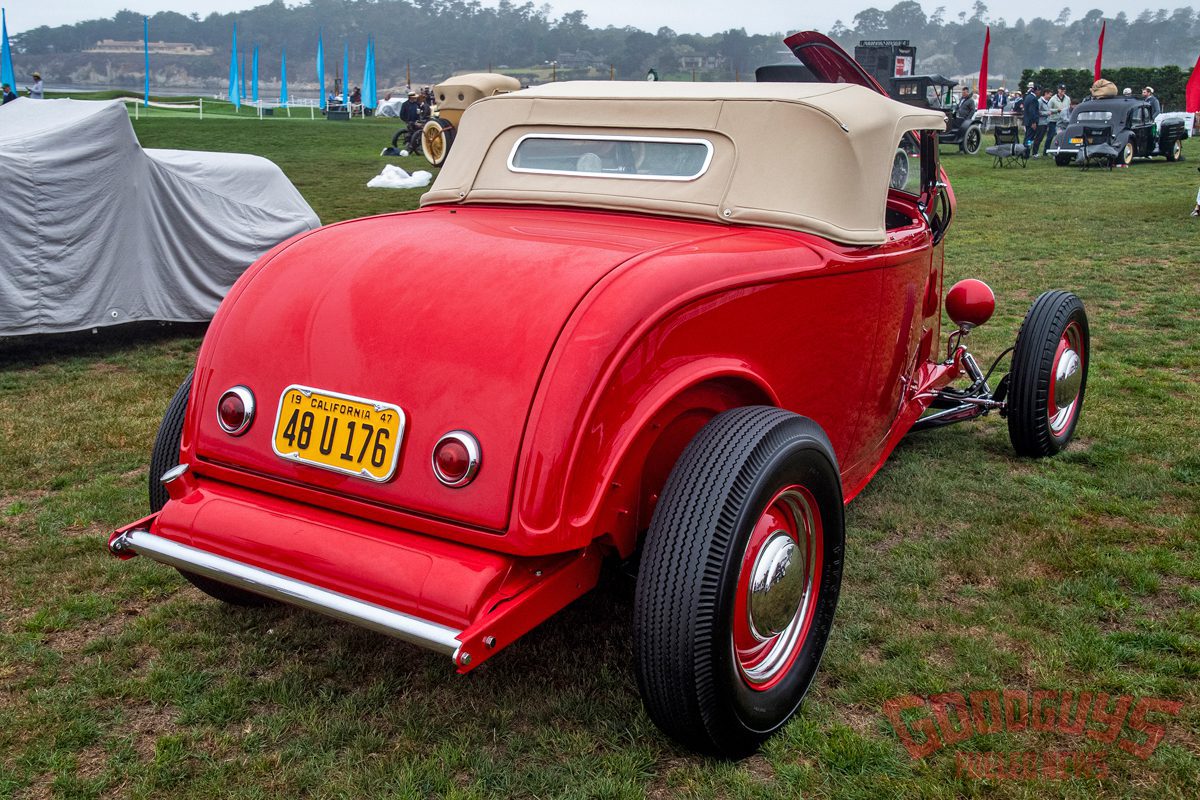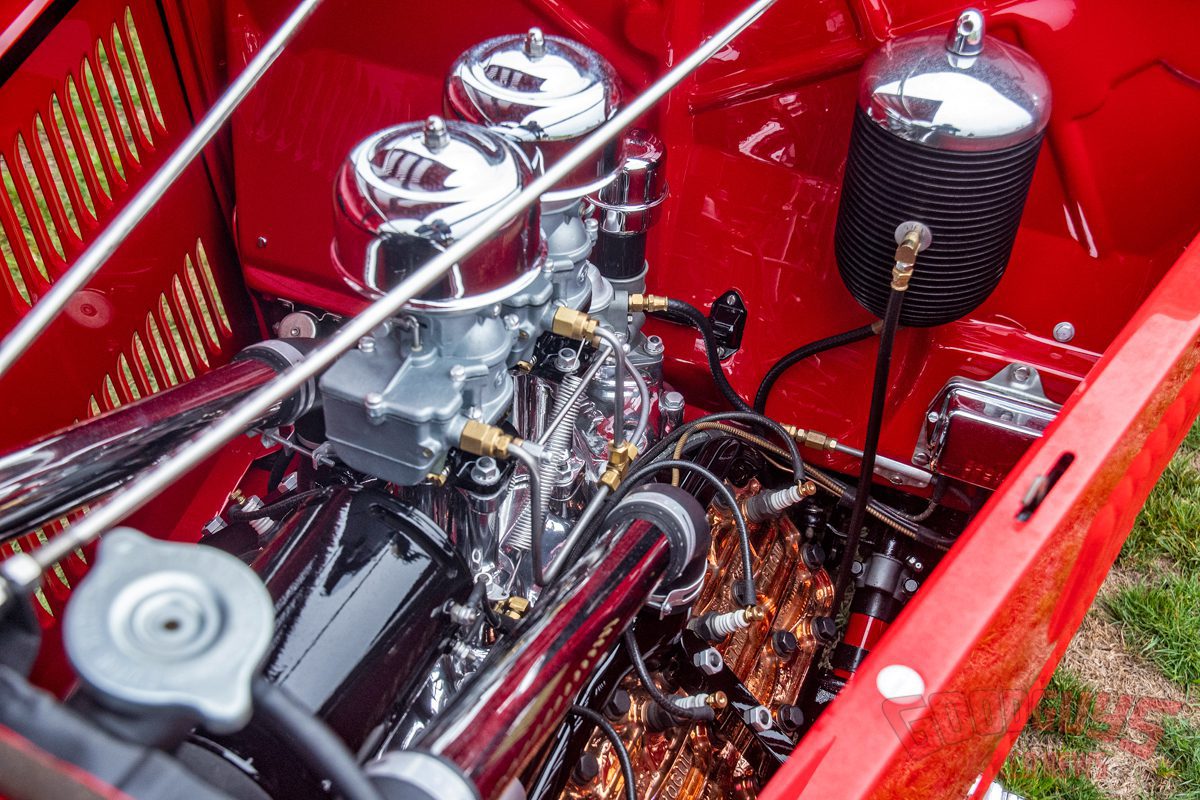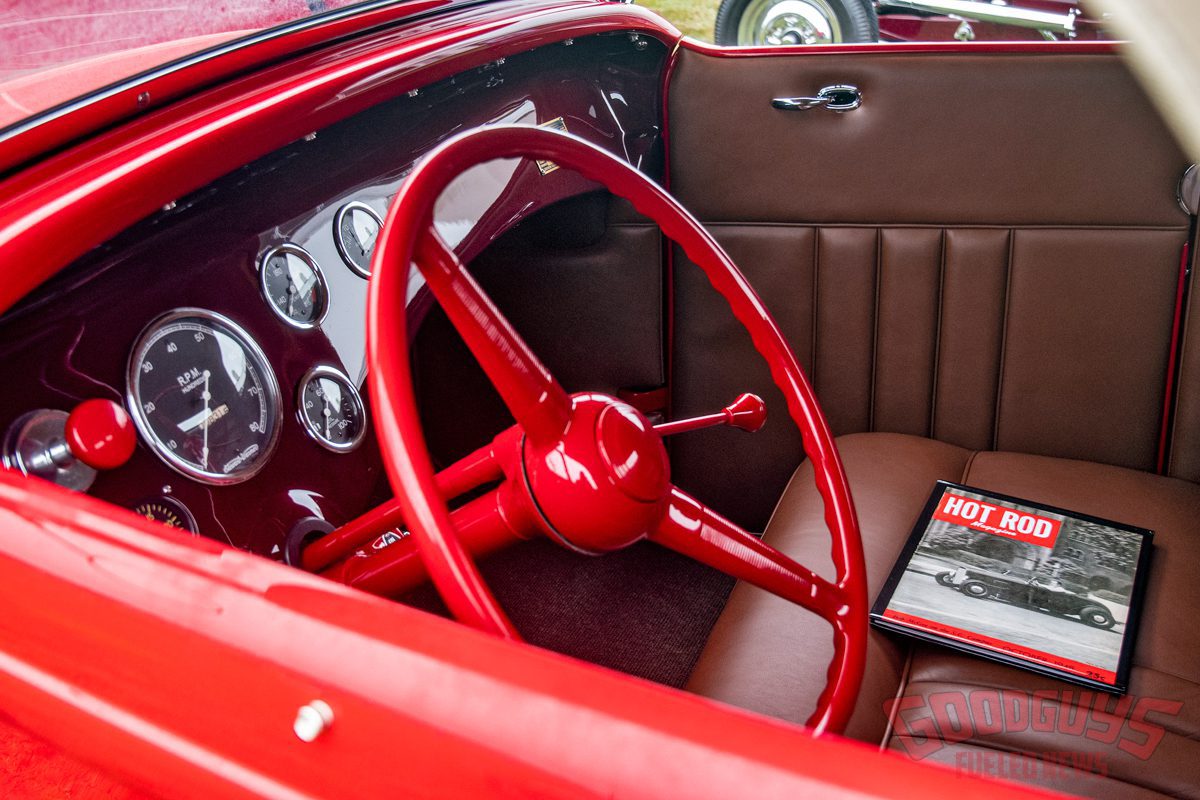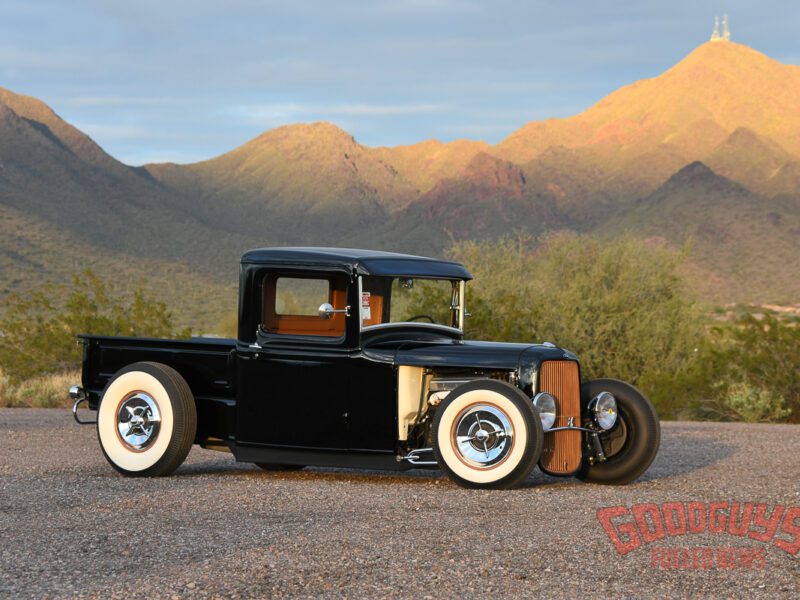The Iconic ’32 Roadster of Bob McGee – Hot Rod Legends
Uh oh, not another one. The Hot Rod Legends page is guilty of fawning over famous Deuces this side of Bigalow’s. McMullen’s, Doane’s, Edelbrock’s, etc. That said, it recently dawned on us that we had ignored the acclaimed Bob McGee roadster, the era-defining ride that holds the honor of being the first non-racecar to adorn the cover to Hot Rod – way back in October 1948.
Bob McGee was yet another inspired SoCal rodder, who hailed from the Orange County coastal community of Huntington Beach. He picked up the Deuce a year before Pearl Harbor, and before he enlisted in the service he loaned it to a buddy for “safe” keeping. Apparently, his mate’s definition of safe differed from McGee’s. Or, as one historian put it, he turned it over to his friend, who then turned it over, literally.
Post-war, a four-month reconstruction of the car ensued. And, thanks to McGee’s vision – he had a lot of time to think during the war – it was no ordinary project, for he incorporated a host of design and build touches that remain popular among Deuce aficionados.
Collaborating with metal maven Whitey Clayton, such tricks included hidden door hinges, a custom deck lid, a handcrafted dash that echoed a 1935 Miller Indy 500 racer, a king-sized tach, and ’40 Ford steering wheel. Other mods included a three-piece hood, a filled radiator shell, ’46 Pontiac taillights, and Mercury hubcaps.
While the term “slammed” had yet to join hot rod lexicon, McGee knew he wanted a lowered stance. He described it as “a body centerline that was low and parallel with the horizon.” This required a dropped front axle, reversed spring eyes, and boxed frame horns. A mix of cad-plated and chromed components added sparkle to the underpinnings.
Under that three-piece louvered hood thrummed a breathed-on ’34 Ford Flathead. Performance tweaks featured 21-stud Federal Mogul bronze heads fed by twin Stromberg 97s through a Burns intake manifold. Internal touches included ported and relieved valves, a Bertrand camshaft, and bored cylinders that boosted displacement to 236 cubes. All this oomph was passed on to a Zephyr trans and a Ford differential.
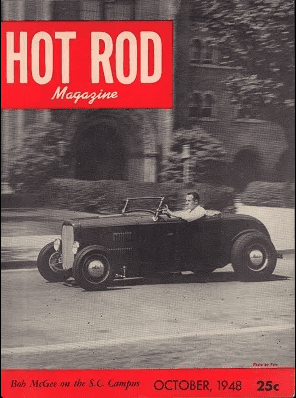 In October 1948, Hot Rod Magazine was only 10 months old, but the editors knew a great car when they saw one. The McGee roadster received the full feature-car treatment, including a Rex Burnett cutaway drawing and cover image of Bob cruising through the University of Southern California campus.
In October 1948, Hot Rod Magazine was only 10 months old, but the editors knew a great car when they saw one. The McGee roadster received the full feature-car treatment, including a Rex Burnett cutaway drawing and cover image of Bob cruising through the University of Southern California campus.
McGee owned the brilliant red roadster until 1955, when he sold it to a Dick Hirshberg, who two years later traded the car to prominent LA Roadster club member Dick Scritchfield. Scritch, as he was known, swapped in a Halibrand quick-change rearend and tossed out the drum brakes for a set of Airheart discs.
The car’s pioneering history checked off another box in 1960 when it became one the first cars ever painted in metalflake, a striking magenta. Hot Rod staffer Tex Smith was so impressed with the color, he made sure it landed on the cover of HRM in February 1961.
Of course, prominent hot rods always caught the eye of Hollywood film moguls, and the McGee highboy was no exception. It made cameos in more than a dozen films and TV programs, including “Dragnet,” “77 Sunset Strip,” “Happy Days,” and “Fantasy Island.”
It also played a starring role at Bonneville. Scritchfield was a Salt Flats regular and in 1970, he piloted the roadster to the C/Roadster class record of 165mph. A year later, propelled by a 350c.i. Chevy V8, it topped 168mph, earning the title of world’s fastest roadster.
Scritchfield held on to the McGee roadster for more than three decades before selling it. It bounced among a handful of subsequent owners before hot rod restoration maestro Bruce Meyer purchased it. He passed the baton to the pros at SoCal Speed Shop, who restored it back to its original condition as showcased in Hot Rod four decades earlier.
The roadster received another rare distinction in 2017, when it was added to the National Historic Vehicle Register, one of only 18 cars to receive such an honor. As part of an exhibition, the McGee Roadster was displayed on the Washington D.C. National Mall in a giant illuminated glass box. A few years before that it was featured on the U.S. Postal Service’s “Hot Rods Forever” commemorative stamp.
We tracked down the indefatigable Mr. Meyer to get his thoughts on McGee’s masterpiece. “The McGee car had many ‘firsts’ – hidden door hinges, V-spreader bar, three-piece hood, etc.,” Meyer explained. “The top inspired Sid Chaver’s ‘bob top’ design. It is just a handsome and iconic highboy.”
Late last year, Meyer donated this car to the Petersen Museum. It was a difficult decision, he recalled. “I thought long and hard, but realized the car is too important not to be shared in perpetuity. It’s a ’40s hot rod icon and needs to be shared forever.”
Another iron-clad definition of a legend of hot rodding.


